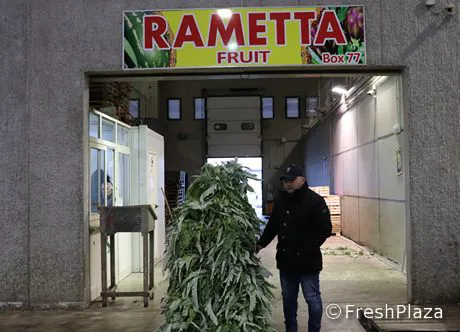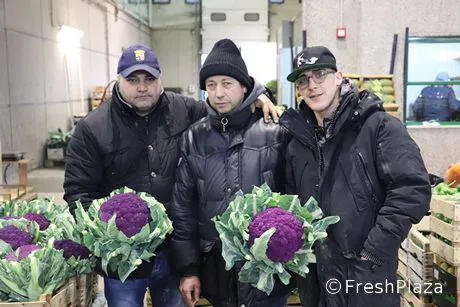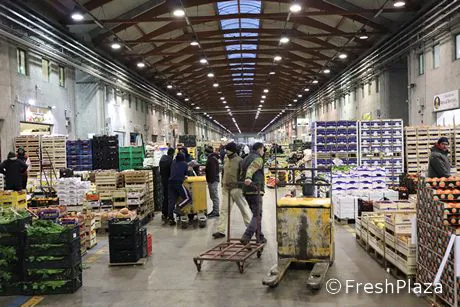The main Sicilian artichokes producers are facing a very unpleasant situation. Enzo Nisseno invited us to the Maas in Catania to tell us about the current campaign trend, which is indicative of a bad season for the second year in a row.
 Enzo Rametta
Enzo Rametta
Rametta explained, “For the second year in a row, the artichoke campaign is just a disaster. Last year, the season was characterised by summer drought, which affected the whole season. In December, the situation got worse as the cold temperatures blocked the plants’ growth”.
“This year, the persistent rains in October and November flooded our fields thus causing artichokes’ root asphyxiation which affected their quality”. The entrepreneur continued, “Also, a few weeks ago, the frost and the intense cold represented other big issues”.
“Therefore, the marketable produce is not much aesthetically pleasing. Once again, we lost part of our income. Many producers will face really hard times, considering the high costs we usually pay. Also, the similarly bad watermelon campaign did not help them, at all”.
Rametta concluded, “The economic damage is consistent. 3,000 artichoke hectares lost 40% of the production. The low prices are another factor which is eroding us, as well”.
 From the left: Enzo Rametta, Stefano Zappalà and Danilo Zappalà
From the left: Enzo Rametta, Stefano Zappalà and Danilo Zappalà
This year’s cold in Sicily has been unusual both in terms of duration and intensity. Because of this, prices are increasing, and the consumption is going down. The red cauliflower is probably the clearest example according to Stefano Fiore, “which reached 15 euros per box”.

The Catania’s fruit and vegetable market is a structure for the production, but especially for the redistribution, of produce coming from all over the world. Here, one can find a vast offer: from the typical North European and European products to the ones coming from the Tropics. The market consists of 84 structures and it extends over 136,000 sqm, with 1.5 million visitors.
